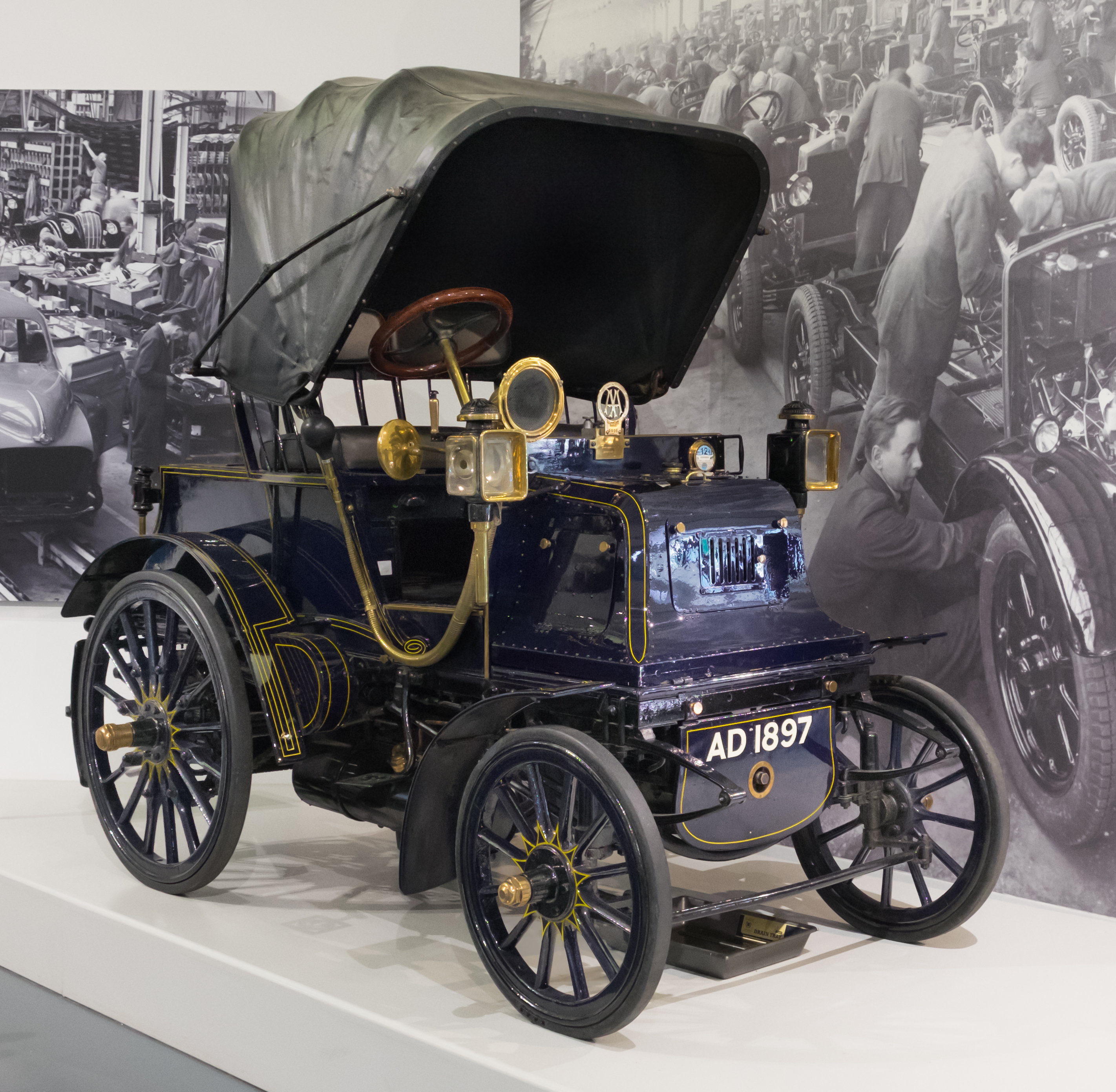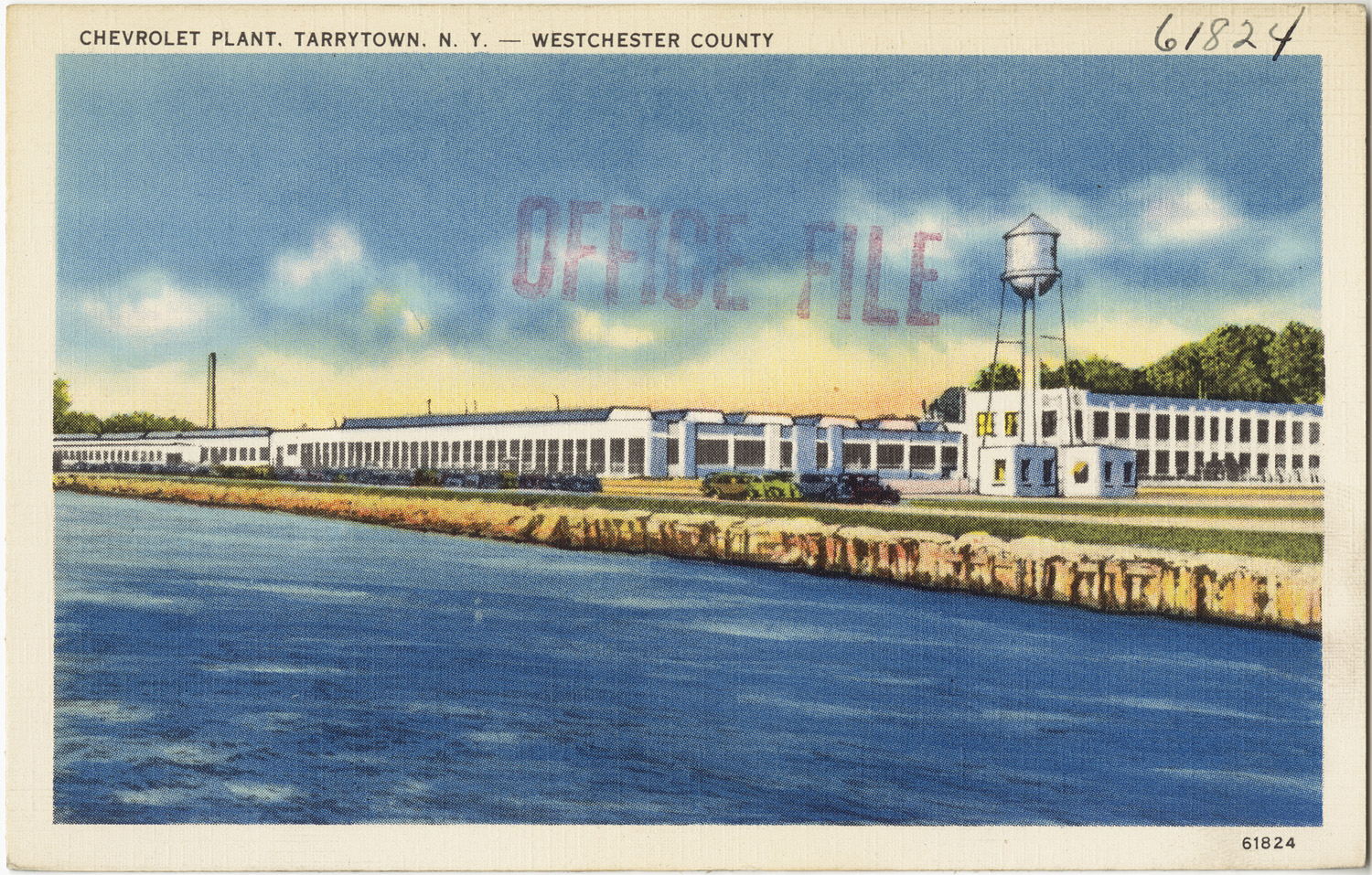|
Colectivo
''Colectivo'' (English: collective bus) is the name given in Argentina, Colombia, Chile and Paraguay to a type of public transportation vehicle, especially those of Argentina's capital city, Buenos Aires. The name comes from ''vehículos de transporte colectivo'' ("vehicles for collective transport"), reflecting their origin as shared taxis.The design evolution of the colectivo Article with much information and many photographs, accessed 10 April 2010 When they first appeared in the 1920s, ''colectivos'' were small es built out of smaller vehicle chassis (cars, vans, etc.) and, later, out of |
Colectivo Chevrolet 1934
''Colectivo'' (English language, English: collective bus) is the name given in Argentina, Colombia, Chile and Paraguay to a type of public transportation vehicle, especially those of Argentina's Capital (political), capital city, Buenos Aires. The name comes from ''vehículos de transporte colectivo'' ("vehicles for collective transport"), reflecting their origin as shared taxis.The design evolution of the colectivo Article with much information and many photographs, accessed 10 April 2010 When they first appeared in the 1920s, ''colectivos'' were small buses built out of smaller vehicle chassis (cars, vans, etc.) and, later, out of truck chassis (1950–1990, by Mercedes-Benz Argentina), not specifically designed for the transportation of people, and were decorated with unique hand-painted drawi ... [...More Info...] [...Related Items...] OR: [Wikipedia] [Google] [Baidu] |
Buenos Aires
Buenos Aires ( or ; ), officially the Autonomous City of Buenos Aires ( es, link=no, Ciudad Autónoma de Buenos Aires), is the capital and primate city of Argentina. The city is located on the western shore of the Río de la Plata, on South America's southeastern coast. "Buenos Aires" can be translated as "fair winds" or "good airs", but the former was the meaning intended by the founders in the 16th century, by the use of the original name "Real de Nuestra Señora Santa María del Buen Ayre", named after the Madonna of Bonaria in Sardinia, Italy. Buenos Aires is classified as an alpha global city, according to the Globalization and World Cities Research Network (GaWC) 2020 ranking. The city of Buenos Aires is neither part of Buenos Aires Province nor the Province's capital; rather, it is an autonomous district. In 1880, after decades of political infighting, Buenos Aires was federalized and removed from Buenos Aires Province. The city limits were enlarged to include t ... [...More Info...] [...Related Items...] OR: [Wikipedia] [Google] [Baidu] |
Fileteado
''Fileteado'' () is a type of artistic drawing and lettering, with stylised lines and flowered, climbing plants, typically used in Buenos Aires, Argentina. It is used to adorn all kinds of beloved objects: signs, taxis, lorries and even the old ''colectivos'', Buenos Aires's buses. ''Filetes'' (the lines in ''fileteado'' style) are usually full of colored ornaments and symmetries completed with poetic phrases, sayings and aphorisms, both humorous or roguish, emotional or philosophical. They have been part of the culture of the ''Porteños'' (inhabitants of Buenos Aires) since the beginnings of the 20th century. The ''filetes'' were born as simple ornaments, becoming an emblematic form of art for the city. Many of its initiators were European immigrants, who brought from Europe some elements of what later ''fileteado'', which became the distinct Argentinian art form known today when mixed with local traditional art styles. ''Fileteado'' was recognized as a unique art after 1970, ... [...More Info...] [...Related Items...] OR: [Wikipedia] [Google] [Baidu] |
Tram
A tram (called a streetcar or trolley in North America) is a rail vehicle that travels on tramway tracks on public urban streets; some include segments on segregated right-of-way. The tramlines or networks operated as public transport are called tramways or simply trams/streetcars. Many recently built tramways use the contemporary term light rail. The vehicles are called streetcars or trolleys (not to be confused with trolleybus) in North America and trams or tramcars elsewhere. The first two terms are often used interchangeably in the United States, with ''trolley'' being the preferred term in the eastern US and ''streetcar'' in the western US. ''Streetcar'' or ''tramway'' are preferred in Canada. In parts of the United States, internally powered buses made to resemble a streetcar are often referred to as "trolleys". To avoid further confusion with trolley buses, the American Public Transportation Association (APTA) refers to them as "trolley-replica buses". In the Unit ... [...More Info...] [...Related Items...] OR: [Wikipedia] [Google] [Baidu] |
Taxicab
A taxi, also known as a taxicab or simply a cab, is a type of vehicle for hire with a driver, used by a single passenger or small group of passengers, often for a non-shared ride. A taxicab conveys passengers between locations of their choice. This differs from public transport where the pick-up and drop-off locations are decided by the service provider, not by the customers, although demand responsive transport and share taxis provide a hybrid bus/taxi mode. There are four distinct forms of taxicab, which can be identified by slightly differing terms in different countries: * Hackney carriages, also known as public hire, hailed or street taxis, licensed for hailing throughout communities * Private hire vehicles, also known as minicabs or private hire taxis, licensed for pre-booking only * Taxibuses, also come in many variations throughout the developing countries as jitneys or jeepney, operating on pre-set routes typified by multiple stops and multiple independent passenger ... [...More Info...] [...Related Items...] OR: [Wikipedia] [Google] [Baidu] |
Great Depression
The Great Depression (19291939) was an economic shock that impacted most countries across the world. It was a period of economic depression that became evident after a major fall in stock prices in the United States. The economic contagion began around September and led to the Wall Street stock market crash of October 24 (Black Thursday). It was the longest, deepest, and most widespread depression of the 20th century. Between 1929 and 1932, worldwide gross domestic product (GDP) fell by an estimated 15%. By comparison, worldwide GDP fell by less than 1% from 2008 to 2009 during the Great Recession. Some economies started to recover by the mid-1930s. However, in many countries, the negative effects of the Great Depression lasted until the beginning of World War II. Devastating effects were seen in both rich and poor countries with falling personal income, prices, tax revenues, and profits. International trade fell by more than 50%, unemployment in the U.S. rose to 23% and ... [...More Info...] [...Related Items...] OR: [Wikipedia] [Google] [Baidu] |
Phaeton Body
A phaeton is a style of open automobile without any fixed weather protection, which was popular from the 1900s until the 1930s. It is an automotive equivalent of the horse-drawn fast, lightweight phaeton carriage. A popular style in the US from the mid–1920s and continuing into the first half of the 1930s was the dual cowl phaeton, with a cowl separating the rear passengers from the driver and front passenger. Phaetons fell from favour when closed cars and convertible body styles became widely available during the 1930s. Eventually, the term "phaeton" became so widely and loosely applied that almost any vehicle with two axles and a row or rows of seats across the body could be called a phaeton. Convertibles and pillarless hardtops were sometimes marketed as "phaetons" after actual phaetons were phased out. History The term ''phaeton'' had historically described a light, open four-wheeled carriage. When automobiles arrived it was applied to a light two-seater with minim ... [...More Info...] [...Related Items...] OR: [Wikipedia] [Google] [Baidu] |
Chevrolet
Chevrolet ( ), colloquially referred to as Chevy and formally the Chevrolet Motor Division of General Motors Company, is an American automobile division of the American manufacturer General Motors (GM). Louis Chevrolet (1878–1941) and ousted General Motors founder William C. Durant (1861–1947) started the company on November 3, 1911 as the Chevrolet Motor Car Company. Durant used the Chevrolet Motor Car Company to acquire a controlling stake in General Motors with a reverse merger occurring on May 2, 1918, and propelled himself back to the GM presidency. After Durant's second ousting in 1919, Alfred Sloan, with his maxim "a car for every purse and purpose", would pick the Chevrolet brand to become the volume leader in the General Motors family, selling mainstream vehicles to compete with Henry Ford's Model T in 1919 and overtaking Ford as the best-selling car in the United States by 1929 with the Chevrolet International. Chevrolet-branded vehicles are sold in most autom ... [...More Info...] [...Related Items...] OR: [Wikipedia] [Google] [Baidu] |
Buenos Aires Metro
The Buenos Aires Underground ( es, Subterráneo de Buenos Aires, links=no), locally known as Subte (), is a rapid transit system that serves the area of the city of Buenos Aires, Argentina. The first section of this network (Plaza de Mayo–Plaza Miserere) opened in 1913, making it the 13th subway in the world and the first underground railway in Latin America, the Southern Hemisphere, and the Spanish-speaking world, with the Madrid Metro opening five years later, in 1919. As of 2022, Buenos Aires is the only Argentine city with a metro system. Currently, the underground network's six lines—A, B, C, D, E, and H—comprise of routes that serve 90 stations. The network is complemented by the Premetro line, and the Urquiza suburban line, with 17 more stations in total. Traffic on lines moves on the left because Argentina drove on the left at the time the system opened. Over a million passengers use the network, which also provides connections with the city's extensive commu ... [...More Info...] [...Related Items...] OR: [Wikipedia] [Google] [Baidu] |
Colectivo 60
The Colectivo 60 (the number 60 bus route) commenced operations in 1931 and runs from Constitución station, in the centre of the city of Buenos Aires, Argentina to the Tigre Club in the '' partido'' of Tigre. The service is operated by Nudo S.A., Azul S.A.T.A. and M.O.T.S.A. and the identifying colour of the buses is yellow, with red and black details. Known locally as ''El Sesenta'' ("The Sixty"), the service is sometimes dubbed ''El Internacional'' (The International) because it passes through (or close to) many landmarks of the city and of the northern suburbs, including: * Boca Juniors Stadium * Constitución railway station * Avenida de Mayo * Liceo Theater * Argentine National Congress * Confitería El Molino tea room and the Savoy hotel and ballroom * Callao y Corrientes commercial district * Palace of Justice ("Tribunales") * Obras Sanitarias building, Córdoba y Ayacucho * University of Buenos Aires complex: : Faculty of Medicine : Faculty of Dentistry : Faculty ... [...More Info...] [...Related Items...] OR: [Wikipedia] [Google] [Baidu] |








